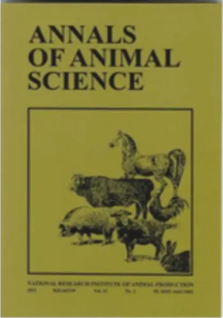Document type Scientific review published in the Journal of Dairy Science
Authors: Cassandra N. Reedman, Todd F. Duffield, Trevor J. DeVries, Kerry D. Lissemore, Charlotte B. Winder
Preview: This review synthesizes research findings on the pain and welfare of dairy calves undergoing disbudding procedures. We describe disbudding practices in North America as well as the use and perceptions of pain control for these procedures. Governing bodies across Canada and the United States, including each country's veterinary medical association and nationwide initiatives such as proAction and Farmers Assuring Responsible Management (FARM), recommend or require the use of a local anesthetic, a nonsteroidal anti-inflammatory drug (NSAID), and a sedative for disbudding procedures. Although the use of pain relief for disbudding has increased over the past decade or so, some in the dairy industry still do not believe that pain control for disbudding is necessary. As a painful procedure, disbudding has numerous welfare impacts on the calf both during and following the procedure that can be categorized under all 3 principles of animal welfare: natural living, biological functioning, and affective state. The use of pain control for disbudding; namely, a local anesthetic and NSAID, can improve welfare outcomes such as procedure-induced pain behavior, cortisol concentrations, mechanical nociceptive threshold, emotional states, and so on, compared with no pain control for the procedure. Although extensive research exists on pain control practices for disbudding, this review identified further gaps in knowledge and areas for future research. Mechanical nociceptive threshold can be evaluated around the disbudding wounds and is a reliable test in older calves; however, this outcome in very young calves after caustic paste disbudding has been reported to be inconclusive compared with that in older calves. As well, research evaluating xylazine sedation for disbudding has reported both potentially positive and negative results that are difficult to interpret or base suggestions on for the use of this drug. Finally, wounds caused by disbudding take a long time to heal (up to 13 wk) and have increased sensitivity for the entire healing process. Therefore, future research should aim to (1) determine accurate behavioral tests for calves under 1 wk of age undergoing disbudding to better understand their experience, (2) further attempt to understand the effects of xylazine sedation for disbudding and potential impacts of providing this medication, and (3) determine more ways to reduce the healing time and pain experienced by the calf after disbudding procedures.





